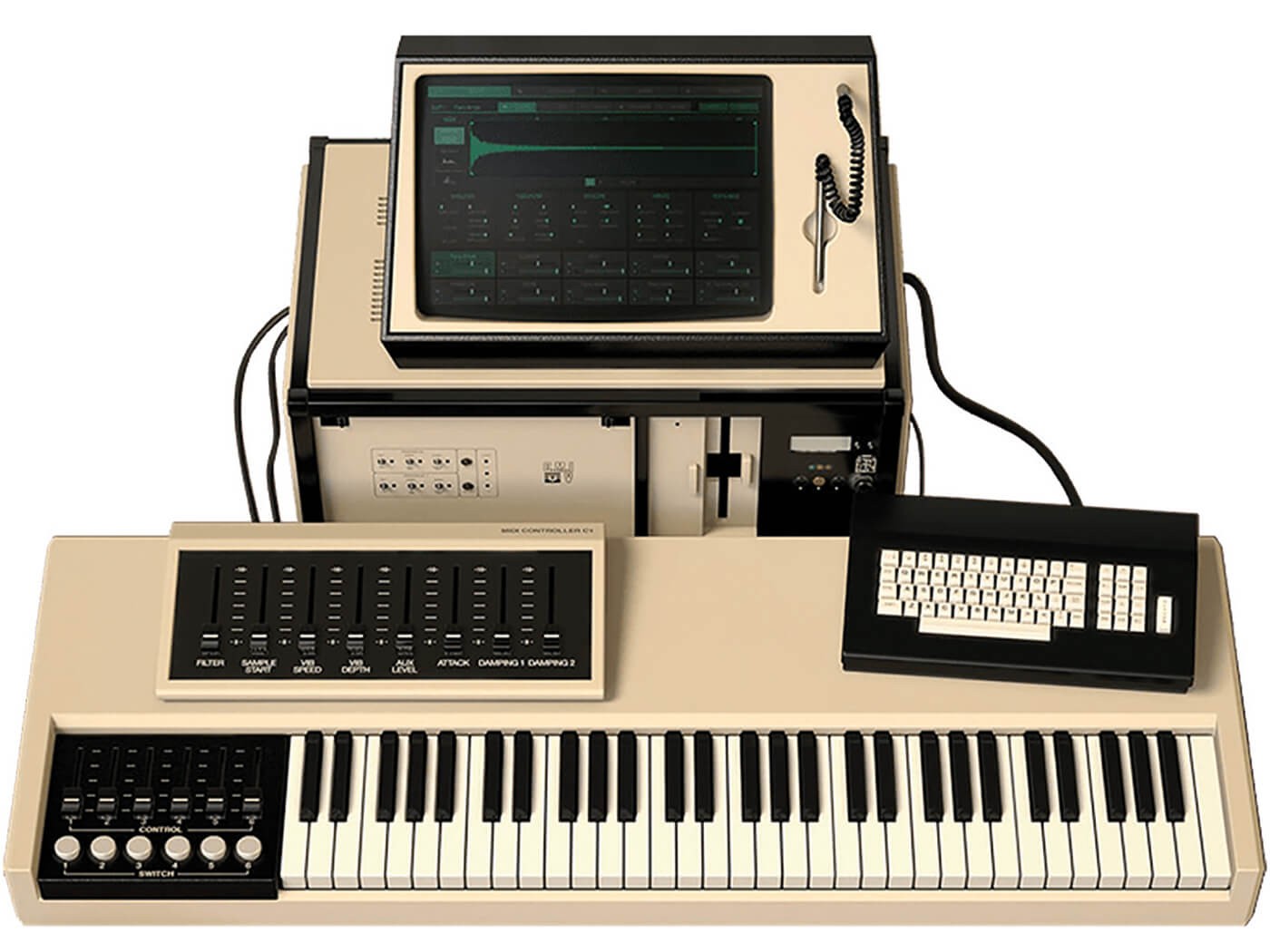
In the early 1980s, a groundbreaking musical instrument emerged from Australia that would forever change the landscape of popular music. The Fairlight Computer Musical Instrument (CMI), created by inventors Peter Vogel and Kim Ryrie, introduced the world to digital sampling and sparked a new era of music production.
Despite its astronomical price tag - comparable to the cost of a house - the Fairlight CMI quickly became the must-have instrument for pioneering musicians. Its revolutionary technology allowed artists to digitally capture, manipulate, and play back real-world sounds, opening up endless creative possibilities.
Peter Gabriel was among the first to recognize the instrument's potential, famously recording unusual sounds like smashing televisions and blowing through pipes to create unique musical elements. Kate Bush embraced the technology wholeheartedly, using both its sampling capabilities and innovative sequencing software to craft her 1985 hit "Running Up That Hill."
The Fairlight's distinctive sounds became part of the era's sonic DNA. Its "orchestra hit" sample, taken from Stravinsky's The Firebird, became ubiquitous in popular music, while its "ARR1" vocal-like sound appeared across multiple genres. Notable American artists including Stevie Wonder, Todd Rundgren, and Herbie Hancock incorporated the instrument into their work.
The device itself looked more like a computer than a traditional instrument, featuring a green-on-black monitor, large floppy disks, and an innovative "light pen" for control - predating the common use of computer mice. While some critics argued that certain musicians relied too heavily on its preset sounds, artists like Herbie Hancock maintained that the Fairlight was simply a tool whose effectiveness depended on the creativity of its user.
The Fairlight CMI's influence was so pervasive that when Phil Collins released "No Jacket Required," he specifically noted in the album credits that no Fairlight was used - though it was later revealed that one of the musicians had indeed sampled a Fairlight sound.
The instrument's legacy lives on in modern music production, having paved the way for the sampling and digital audio workstations that dominate today's music creation process. The Fairlight CMI stands as a testament to how technological innovation can fundamentally transform artistic expression.